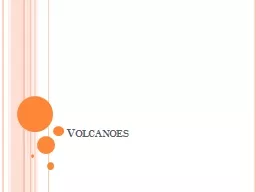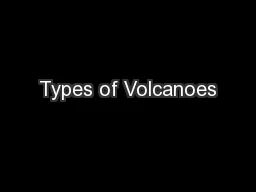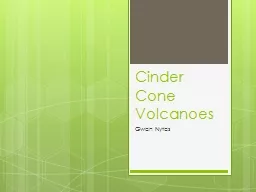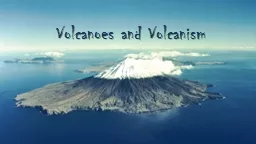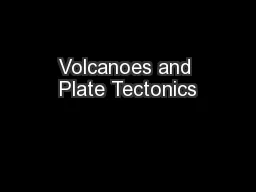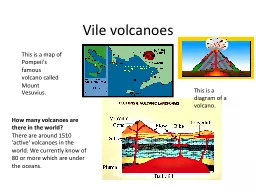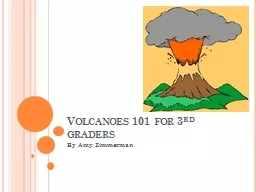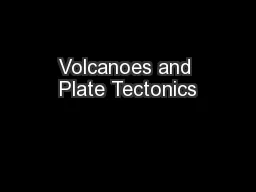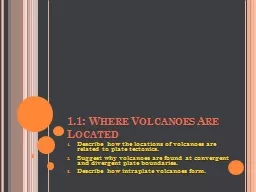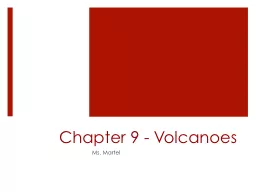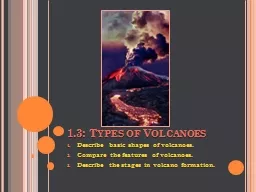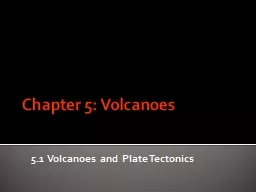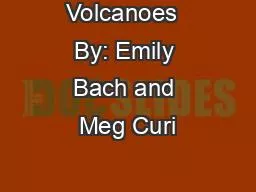PPT-Volcanoes The Big Idea
Author : yoshiko-marsland | Published Date : 2018-03-10
Volcanoes are locations where molten rock reaches Earths surface and volcanoes can affect landforms and societies What You Will Learn Distinguish between nonexplosive
Presentation Embed Code
Download Presentation
Download Presentation The PPT/PDF document "Volcanoes The Big Idea" is the property of its rightful owner. Permission is granted to download and print the materials on this website for personal, non-commercial use only, and to display it on your personal computer provided you do not modify the materials and that you retain all copyright notices contained in the materials. By downloading content from our website, you accept the terms of this agreement.
Volcanoes The Big Idea: Transcript
Download Rules Of Document
"Volcanoes The Big Idea"The content belongs to its owner. You may download and print it for personal use, without modification, and keep all copyright notices. By downloading, you agree to these terms.
Related Documents

